Displaying Salary in Job Ads
In today’s competitive job market, transparency is increasingly becoming a key factor in a successful hire. One area where transparency can be especially valuable is in the display of salary information within job advertisements. While some employers may hesitate to include salary details in job listings, doing so can promote a more honest and efficient hiring process, benefiting both employers and job seekers alike.
The Benefits of Including Salary in Job Ads
According to SEEK, 87% of job seekers reported that knowing the salary upfront is a deciding factor whether to apply for a role. In fact, 83% of job seekers report feeling more positively about an employer that includes salary information in their job ads. This statistic alone illustrates how transparency can shape public perception and positively Impact a company’s employer brand.
For employers, the benefits can be equally compelling. Displaying the salary in a job ad can attract candidates who align with the compensation offered, reducing the chances of receiving mismatched applications. By setting clear expectations from the get-go, employers are more likely to receive high-quality applications from individuals who are both qualified and willing to work within the salary range. This results in fewer enquiries and wasted time on both sides, speeding up the hiring process.
Furthermore, salary transparency can help companies stand out in a saturated job market. In industries or regions where competition for top talent is crowded, offering a clear picture of compensation can make your job ad more attractive to job seekers. This transparency also contributes to a culture of equal opportunity employment, as all candidates are equally aware of the salary range, reducing the likelihood of unintentional biases during the hiring process.
The Drawbacks of Displaying Salary Information
Despite its advantages, not everyone is on board with posting salary details. Some employers are concerned that doing so limits flexibility in negotiating salaries, especially when a candidate is particularly skilled or brings unique value to the organisation. The concern is that publishing a set salary may prevent an employer from offering a higher amount to attract top talent.
Additionally, some employers believe that withholding salary information can widen the talent pool, as job seekers who are curious about the position might be more inclined to apply without knowing the salary. This allows the employer to screen candidates before revealing compensations, potentially attracting a broader range of applicants.
How to Strike The Right Balance
The decision to include or omit salary in job ads depends on various factors, such as company size, industry competitiveness and regional norms. Employers should consider these elements when determining the best course of action. If salary disclosure doesn’t feel right for your business, consider offering incentives in the job ad, such as flexible work hours, wellness programs, professional development opportunities and a positive company culture.
For smaller companies or those facing budget constraints, highlighting unique benefits like a dog friendly office, social events or opportunities for career growth can help attract candidates without the need for salary details. The key is to create a compelling ad that showcases the value of working at your organisation.
Ultimately, transparency in job ads, including salary disclosure can attract candidates who are genuinely excited for both the opportunity and compensation. It can save time for both job seekers and employers by aligning expectations early in the process. By weighing the pros and cons and considering the unique needs of your organisation, you can make an informed decision that improves both your hiring process and employer brand.
















